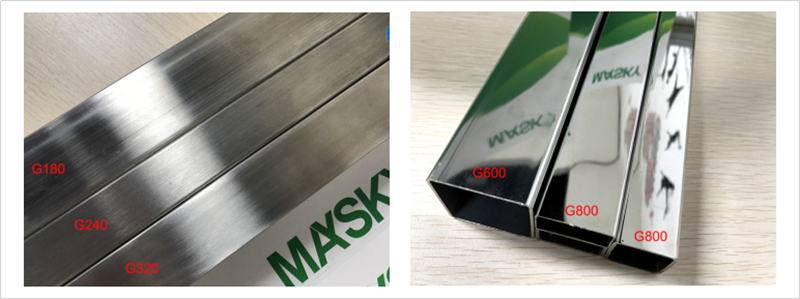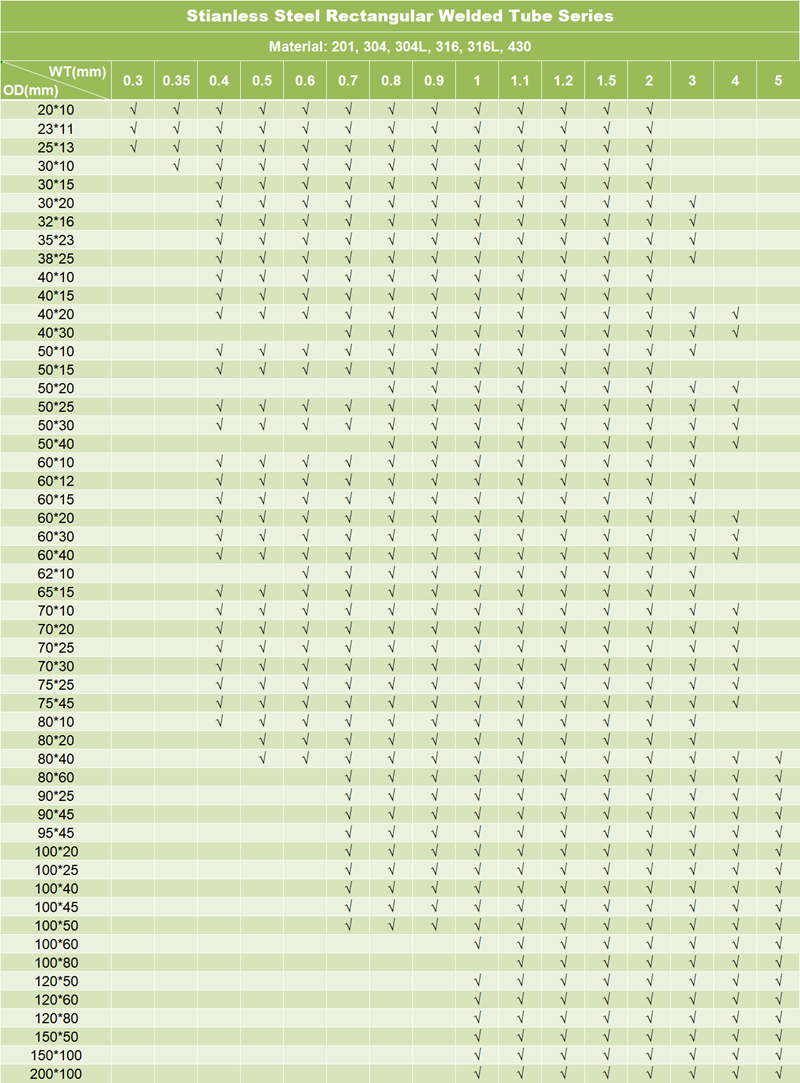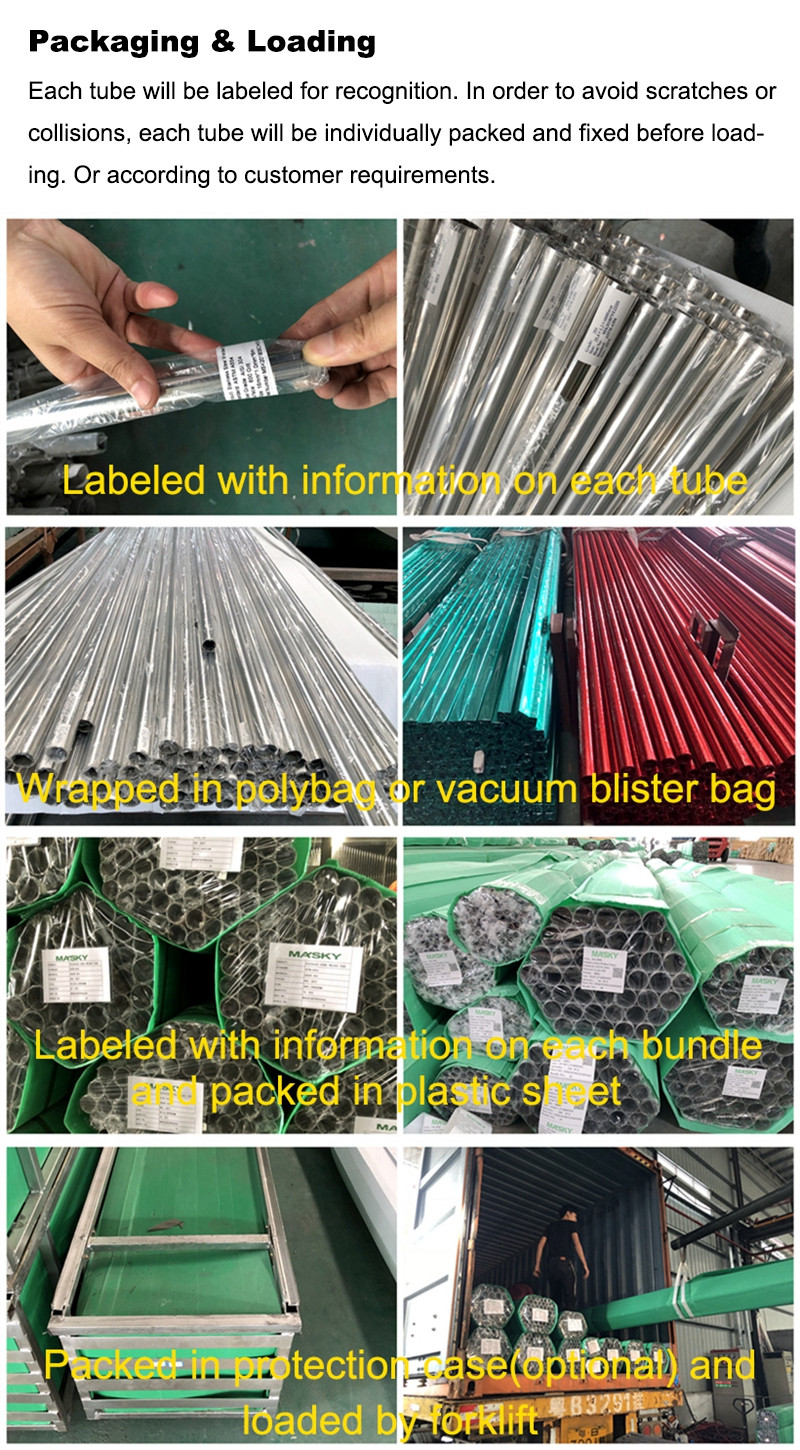





(e) Cutting and cutting: When cutting and cutting, the clamping should be protected by rubber, and after cutting, the oil and residue on the workpiece should be cleaned. c. Mechanical processing: Stainless steel parts should also be protected during mechanical processing such as turning and milling. The oil and dirt on the surface of the workpiece should be cleaned up after the operation is completed. d. Forming process: In the process of coiling and bending, effective measures should be taken to avoid scratches and creases on the surface of stainless steel parts. e. Riveting and welding: when assembling stainless steel parts, it is necessary to avoid forced assembly, especially to avoid flame grilling and assembly. If plasma cutting is used temporarily during the assembly or production process, isolation measures should be taken to avoid the slag on other stainless steel parts. Contamination, after cutting, the slag on the workpiece should be cleaned. f. Welding: Stainless steel parts must be carefully cleaned of oil, rust, dust and other debris before welding. Try to use argon arc welding as much as possible. When using manual arc welding, use small current and fast welding to avoid swinging. It is strictly forbidden to start the arc in the non-welded area, the ground wire position is appropriate, and the trace is connected firmly to avoid arc scratches. Splash prevention measures (such as white ash and other methods) should be taken during welding. After welding, a stainless steel (carbon steel) flat spade should not be used Thoroughly clean slag and splashes. h. Multi-layer welding: When multi-layer welding, the slag between the layers must be cleaned. When multi-layer welding, the temperature between the layers should be controlled, generally not exceeding 60℃. i. Weld seam: Weld seam joints should be ground. The surface of the weld seam must not have defects such as slag, porosity, undercut, spatter, cracks, unmelted, and not fully penetrated. The weld seam and the base metal should be smoothly transitioned, not less than Base material. j. Orthopedics: For the orthopaedics of stainless steel parts, the flame heating method should be avoided, especially the same area is not allowed to be heated repeatedly. When orthopedics, try to use mechanical devices, or use wooden hammers (rubber hammers) to form rubber pads, and it is forbidden to use iron Hammer hammer to avoid damage to stainless steel parts. k. Handling: When handling stainless steel parts during processing, transportation tools (such as trolleys, battery cars, or cranes) should be used, and they should be clean and have isolation protection measures to prevent dust, oil, and rust from contaminating stainless steel. It is strictly forbidden to drag directly on the platform or the ground, and knocking and scratching are strictly prohibited. (3) Surface treatment a. Cleaning and polishing: If there is any damage, it should be polished, especially the scratches caused by contact with carbon steel and the damage caused by flying and cutting slag must be carefully and thoroughly cleaned and polished. b. Oil and dust removal: Before pickling and passivating stainless steel parts, oil, scale, dust and other debris must be removed according to the process. c. Pickling and passivation: The pickling and passivation of stainless steel parts must be carried out in strict accordance with the process requirements, the passivation paste coating should be uniform, and the passivation time should strictly implement the process requirements. d. Washing and drying: After pickling and passivation, wipe, rinse, and dry in strict accordance with the process, and thoroughly remove the pickling passivation paste and acid. e. Protection: After the surface treatment of the stainless steel parts is completed, it should be well protected to avoid personnel touching and contamination by oil, dust and other debris. f. Avoid reprocessing: After finishing the surface treatment of stainless steel parts, reprocessing of the parts or products should be avoided.